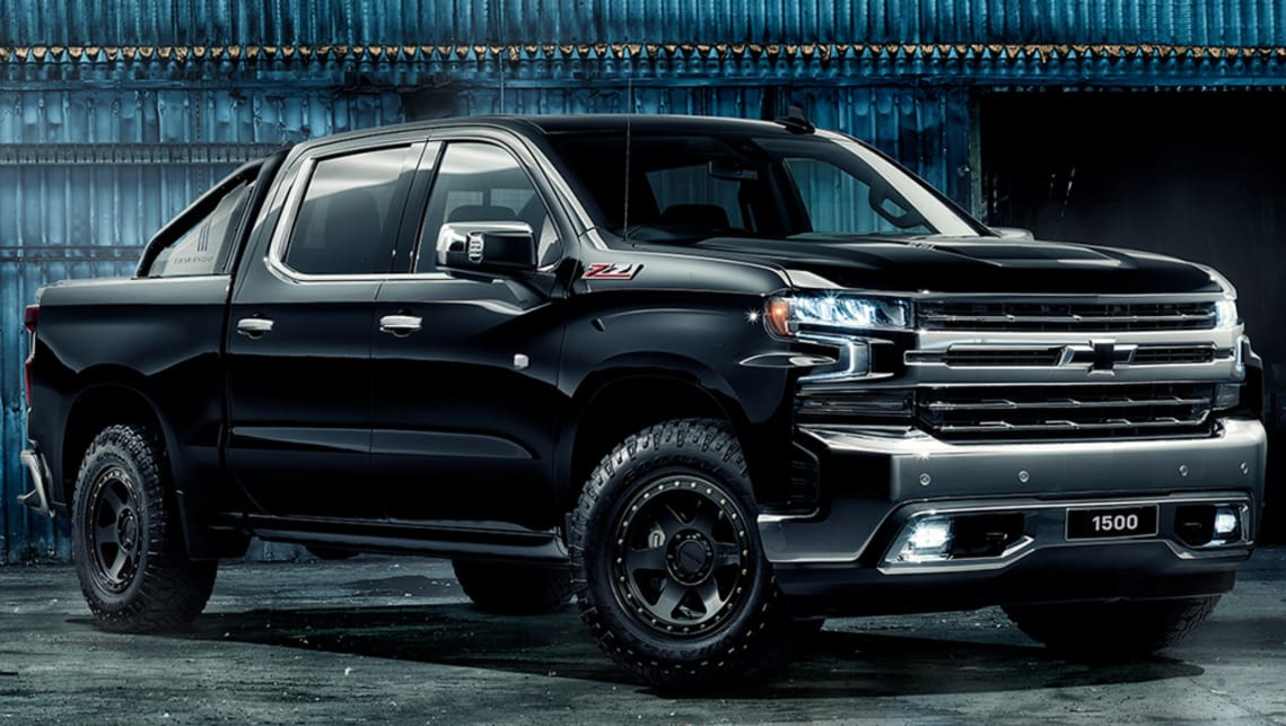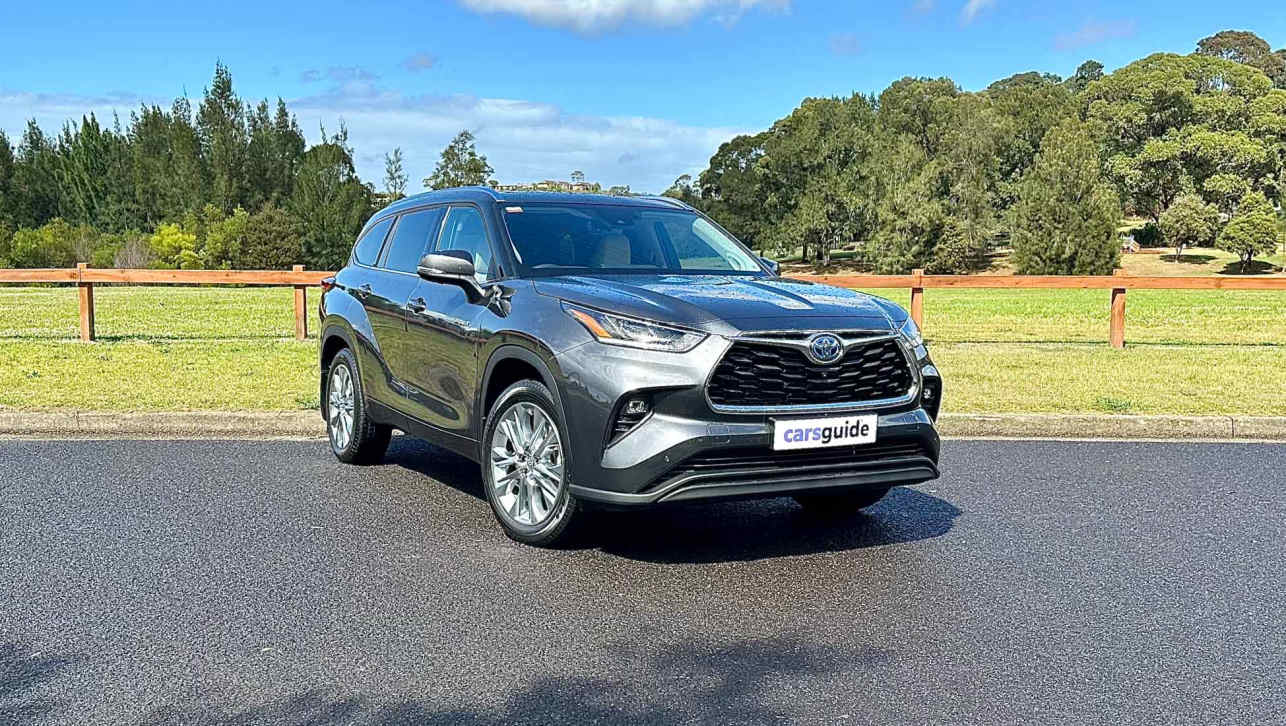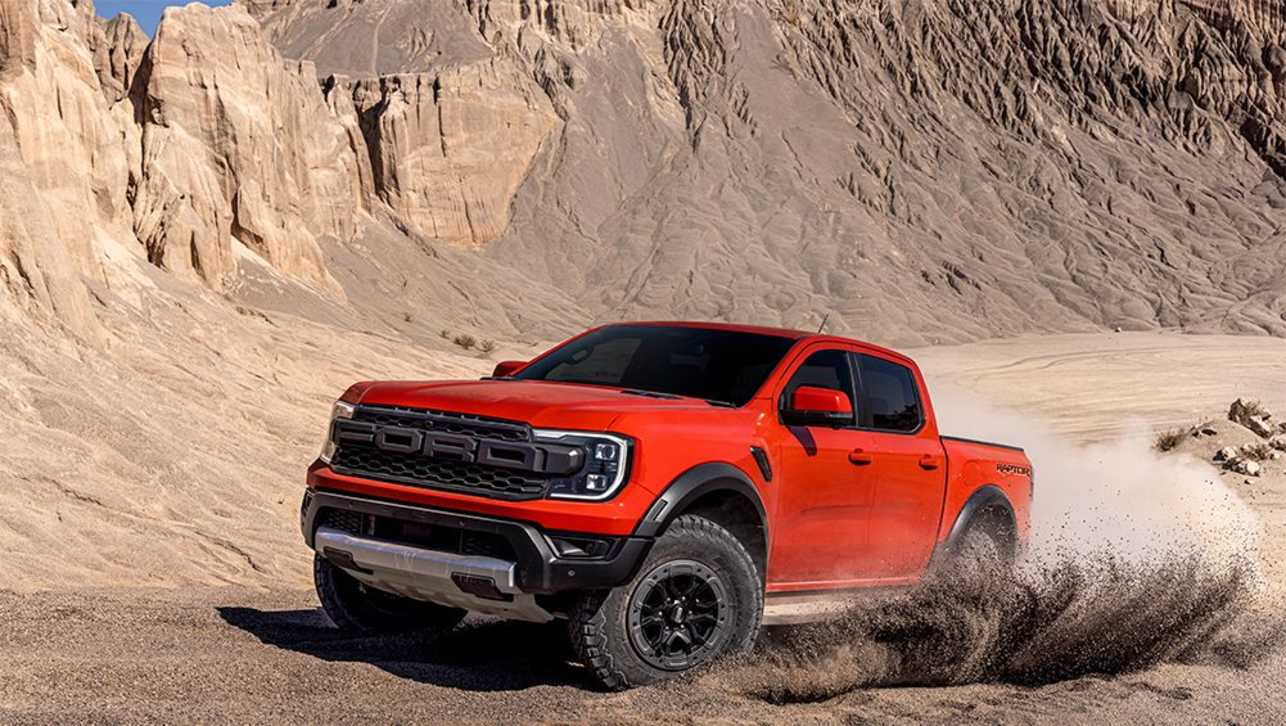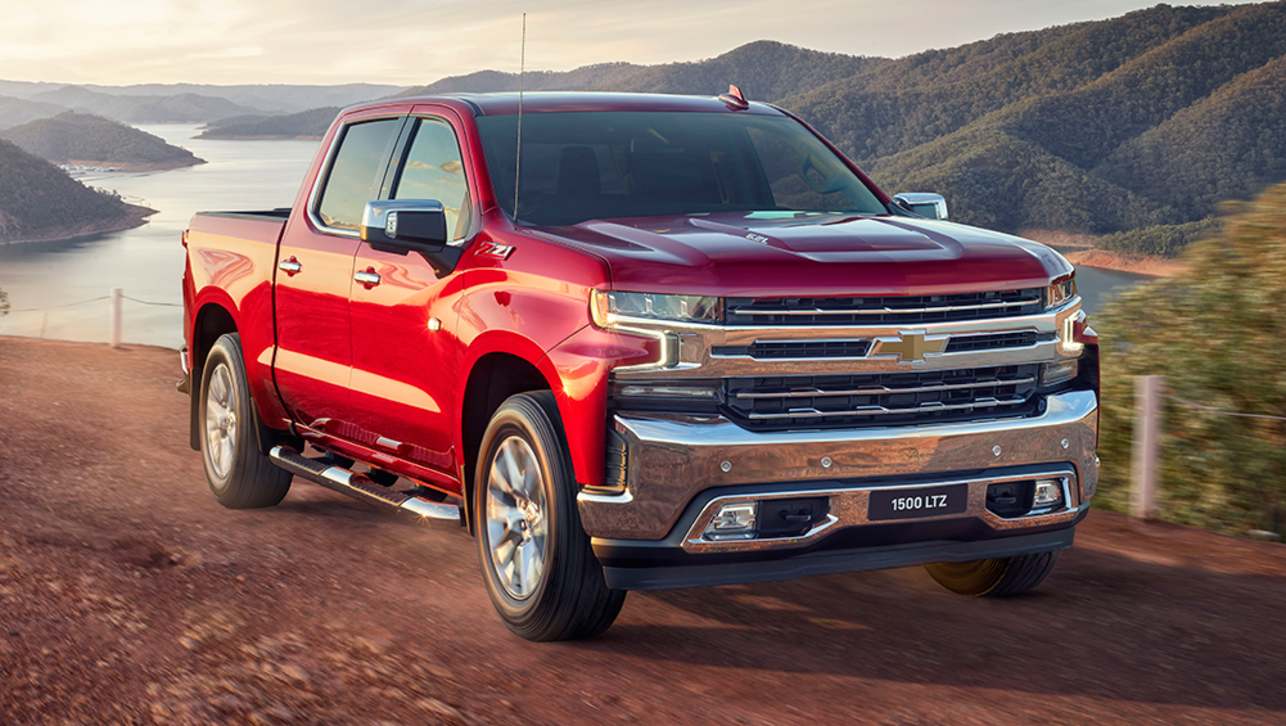With rumours of a locally modified Chevrolet Silverado pick-up due in showrooms soon packing more than 520kW and as much as 900Nm of torque, the question of how much power is too much has been raised yet again.
Throw in a pick-up’s compromised tyres and suspension tuned for carting loads and towing trailers rather than carving up corners, and you can see how it might turn out that way.
Certainly, there’s a school of thought that says no amount of power is excessive, but to be honest, there are historical precedents to refute that claim.
Australia has, indeed, seen its share of over-muscled cars across the decades, some with simply too much engine, others with not enough handling and brakes to match the powerplant.
The latter was borne out dramatically in 1988 when Holden unveiled the all-new VN Commodore.
Ironically, it wasn’t the V8-powered version that was criticised for being unbalanced, as the saner power delivery, bigger brakes, firmer suspension and fatter tyres of the V8 helped the car’s overall cause.
No, the real wild child was the base V6 model which, with a fairly nasty torque-converter, an aggressive camshaft, ill-chosen throttle calibration and a light, live-axle rear suspension, gave the VN bent-six a reputation for being, er, lively.
It wasn’t just the driveline settings, either; the VN Executive also had a narrow front-track, weedy brakes and came standard on narrow 14-inch rims with 185/75 14 tyres.
In the dry, the VN Commodore was wilful and headstrong. In the wet, it was bordering on undriveable.
The contemporary Ford Falcon, the EA, wasn’t much better but was saved a little by a more rational throttle calibration in its ECU.
Although a much later design and one that did not miss out on quality tyres or suspension tuning, the very last of the locally made Ford Falcon XR8s were also, arguably, overpowered.

By fitting the last XR8 with the 5.0-litre supercharged V8 originally reserved for FPV’s cars, Ford managed to really show off the limits of the basic platform.
Although Ford claimed 335kW for the supercharged V8, the reality was probably closer to 360kW, and with mighty torque from low revs, the driveline sometimes managed to gain the upper hand over the chassis.
Given that the basic platform dated back to the BA Falcon of 2002, that’s perhaps not as surprising as it seems on the surface.
Back to General Motors and the locally converted (to right-hand-drive) Camaro of ZL1 2019 is another car that has earned the overpowered tag.

With 477kW of power and a massive 881Nm of torque, the thunderous output of the supercharged ZL1 was just way beyond that with which the tyres and basic chassis could cope.
So much as look at the throttle pedal in any of the 10-speed auto’s first four gears and those 305/35 20 rear tyres would suddenly turn to atoms, meaning you needed to be constantly on guard for the brute to abandon traction and head for the scenery.
Here was another car to leave at home if the forecast was for showers. But just to prove that it’s not just full-sized, rear-drive cars that get it wrong, may we present the Mazda3 MPS of 2009.

With an engine borrowed from the bigger, 6 MPS, the 3 MPS was hampered by the lack of all-wheel drive enjoyed by its big brother.
And with 190kW and almost 400Nm of torque surging through the front tyres, the 3 MPS was never far away from swapping lanes through throttle application alone.
Over time, the thing became a real chore to drive, mainly because you were constantly trying to keep it on a short lead and centred in the intended lane.
Obviously, not everybody will agree with these choices or, indeed, the overall premise that too much can sometimes be too much.
But what all these cars had in common was an overall driving experience akin to landing a four-metre shark in a three-metre tinny.
You had to be very careful where you put your feet.







.jpg)
.jpg)
.jpg)

.jpg)




.jpg)
.jpg)

.jpg)
.jpg)








Comments